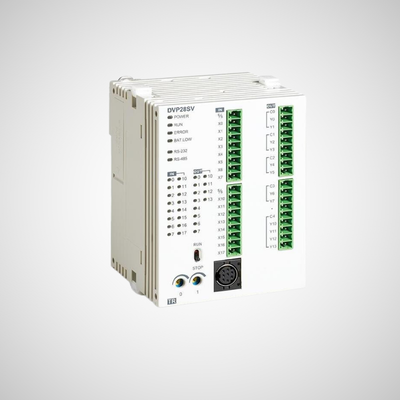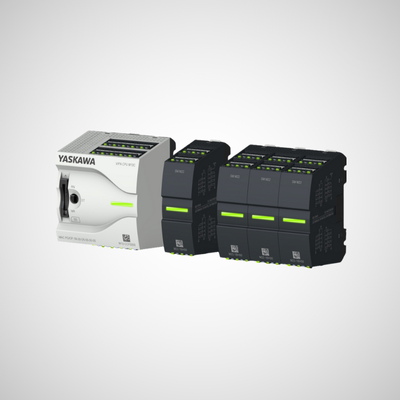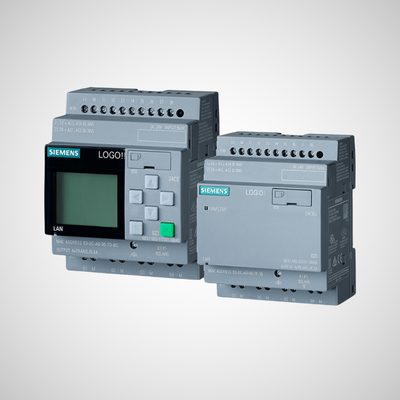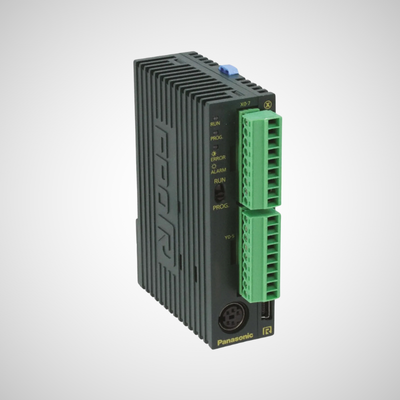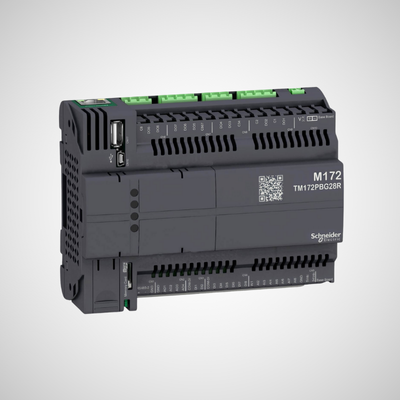Programmable Logic Controller (PLC)
Get Information About PLC here

A Programmable Logic Controller (PLC) is an industrial computer used to manage electro-mechanical processes in manufacturing and other automation settings. PLCs vary in size, from small enough to fit in a pocket to large rack-mounted units, and can be customized with backplanes and modules.
PLCs are favored for their speed, ease of operation, and programming, supporting languages like ladder logic, BASIC, and C. Common programming languages include Ladder Diagram, Structured Text, Function Block Diagram, Instruction List, and Sequential Function Charts.
Integral to SCADA and HMI systems, PLCs serve as interfaces between devices and control systems, overseeing automated processes such as assembly lines and robotics. They operate with three main components: inputs, CPU, and outputs. Inputs, from devices, sensors, or human actions, are processed by the CPU, which applies logic and generates outputs, like starting motors or displaying data.
PLCs function in cycles, checking inputs, applying logic, executing commands, and performing safety checks. They traditionally use poll-response communication, effective for local environments but costly for remote IIoT applications. The growing IIoT landscape increases the need for PLCs and edge devices, improving bandwidth usage and data accessibility.
Despite new products, PLCs remain popular due to their simplicity, affordability, and utility, with software like Ignition enhancing their functionality.
Benefits of Programmable Logic Controller
Reliability: Designed to withstand harsh industrial environments and operate continuously without failure.
Flexibility: Easily reprogrammed to adapt to changing process requirements and system upgrades.
Scalability: Suitable for small, simple applications as well as large, complex systems with multiple interconnected devices.
Applications of Programmable Logic Controller
PLCs are extensively used in automated production lines, controlling machinery, and equipment.
Used in industries such as chemical, oil and gas, food and beverage for regulating process variables like temperature, pressure, flow, and level.
PLCs serve as the brain behind robotic systems, coordinating movements and actions with precision.
Control of HVAC (heating, ventilation, and air conditioning) systems, lighting, and security systems in commercial buildings.


